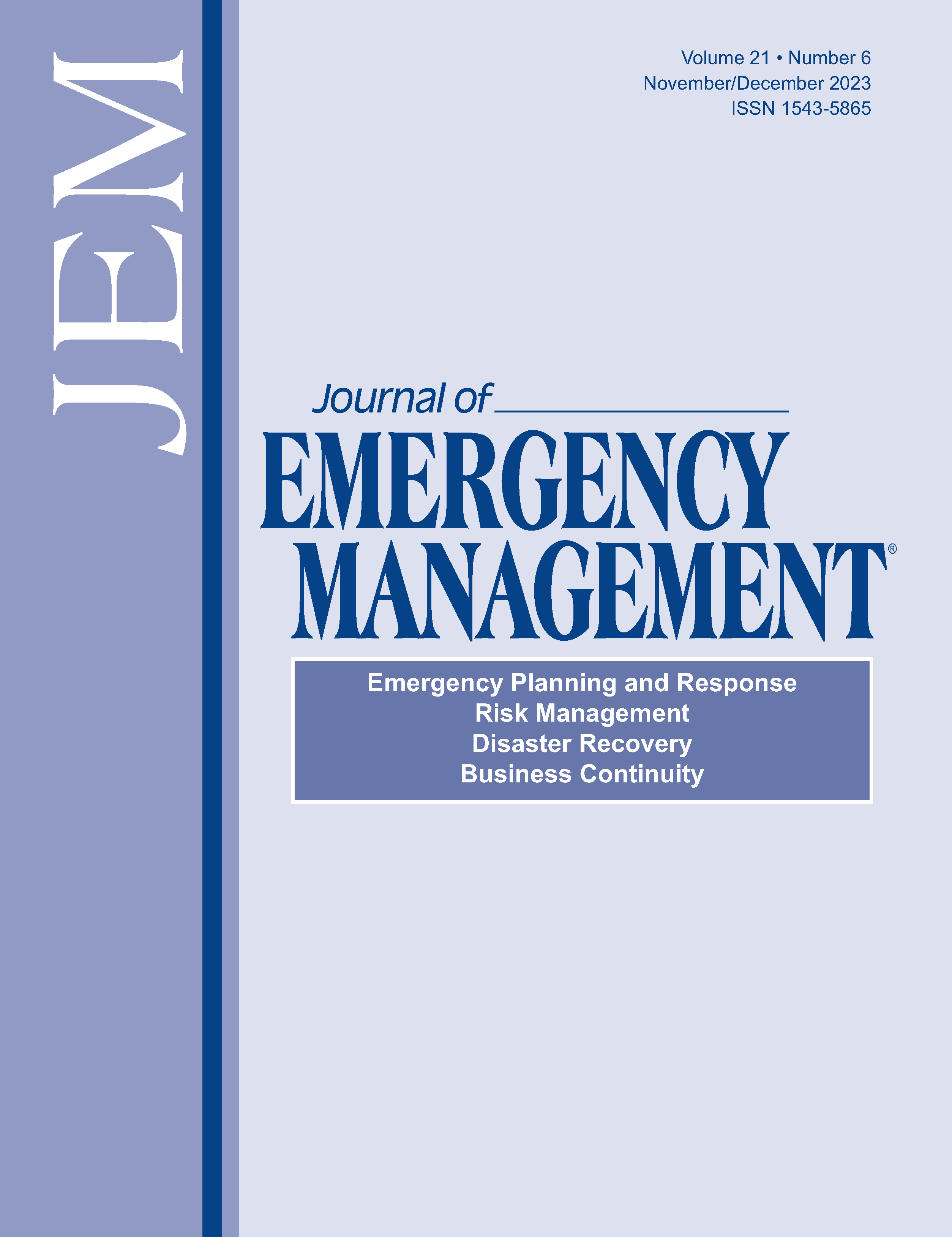Improving residential care amid COVID-19: The link between risk factors and hospitalization
DOI:
https://doi.org/10.5055/jem.0795Keywords:
coronavirus disease 2019, hospitalization, resident facility, retrospective study, SpO2Abstract
Aim: This study was conducted to investigate the relationship between the hospitalizations and backgrounds of patients with coronavirus disease 2019 to identify specific risk factors.
Methods: This retrospective study used health observation records to analyze the relationship between certain risk factors and the subsequent hospitalization of 321 patients who were discharged from a residential care facility between January 16 and February 8, 2021. The usefulness of a hospitalization prediction score, created based on the presence of comorbidities and sex, was examined.
Results: Being older, male, and having a history of high blood pressure or vascular disease were all risk factors. A multivariate analysis with age and hospitalization predictive score as independent variables and hospitalization as the dependent variable showed that age (odds ratio: 1.07, 95 percent confidence interval: 1.03-1.11, p < 0.01) significantly increased hospitalization risk by 7 percent for every 1-year age increase. The median time from illness onset to hospitalization for all patients was 9 days (interquartile range: 8-10). Hypoxia was the most common cause of hospitalization. However, hypoxia and other symptoms, such as cough and dyspnea, were not correlated.
Conclusion: Given the pandemic, there may come another time when hospitals are not able to accommodate all patients who require care. In such instances, age, sex, the presence of comorbidities, and checking oxygen saturation regularly using a pulse oximeter around 9 days after the onset of the disease should all be considered important, as it may lead to improved and safer operation of overnight care facilities.
References
Kanda Y: Investigation of the freely available easy-to-use software “EZR” for medical statistics. Bone Marrow Transplant. 2013; 48: 452-458.
Petrilli CM, Jones SA, Yang J, et al.: Factors associated with hospital admission and critical illness among 5279 people with coronavirus disease 2019 in New York city: Prospective cohort study. BMJ. 2020; 369: M1966.
CDC: COVID-19 response team: Severe outcomes among patients coronavirus disease. 2019 (COVID-19)—United States. 2020. MMWR Morb Mortal Wkly Rep. 2020; 69: 343-346.
Bergman J, Ballin M, Nordström A, et al.: Risk factors for COVID-19 diagnosis, hospitalization, and subsequent all-cause mortality in Sweden: A nationwide study. Eur J Epidemiol. 2021; 36: 287-298.
Couderc AL, Correard F, Hamidou Z, et al.: Factors associated with COVID-19 hospitalizations and deaths in French nursing homes. J Am Med Dir Assoc. 2021; 22: 1581-1587.e3.
Kragholm K, Andersen MP, Gerds TA, et al.: Association between male sex and outcomes of coronavirus disease 2019 (COVID-19)—A Danish nationwide, register-based study. Clin Infect Dis. 2021; 73(11): E4025-E4030.
Peckham H, de Gruijter NM, Raine C, et al.: Male sex identified by global COVID-19 meta-analysis as a risk factor for death and ITU admission. Nat Commun. 2020; 11: 6317.
CDC: COVID-19 response team: Preliminary estimates of the prevalence of selected underlying health conditions among patients with coronavirus disease 2019—United States. J Prim Care Commun Health. 2020; 69: 382-386.
Nyman MA, Jose T, Croghan IT, et al.: Utilization of an electronic health record integrated risk score to predict hospitalization among COVID-19 patients. J Prim Care Community Health. 2022; 13: 215013192110697.
Gunduz R, Yildiz BS, Ozdemir IH, et al.: CHA2DS2-VASc score and modified CHA2DS2-VASc score can predict mortality and intensive care unit hospitalization in COVID-19 patients. J Thromb Thrombolysis. 2021; 52: 914-924.
Salvatore V, Gianstefani A, Farina G, et al.: CovHos, a new score to predict the need of hospitalization for coronavirus disease 2019 (COVID-19) patients at the emergency department. Cureus. 2021; 13: E18717.
Huang C, Wang Y, Li X, et al.: Clinical features of patients infected with 2019 novel coronavirus in Wuhan, China. Lancet. 2020; 395(10223): 497-506.
Shah S, Majmudar K, Stein A, et al.: Novel use of home pulse oximetry monitoring in COVID-19 patients discharged from the emergency department identifies need for hospitalization. Acad Emerg Med. 2020; 27: 681-692.
Jouffroy R, Jost D, Prunet B: Prehospital pulse oximetry: A red flag for early detection of silent hypoxemia in COVID-19 patients. Crit Care. 2020; 24: 313.
Published
How to Cite
Issue
Section
License
Copyright 2007-2025, Weston Medical Publishing, LLC and Journal of Emergency Management. All Rights Reserved.






